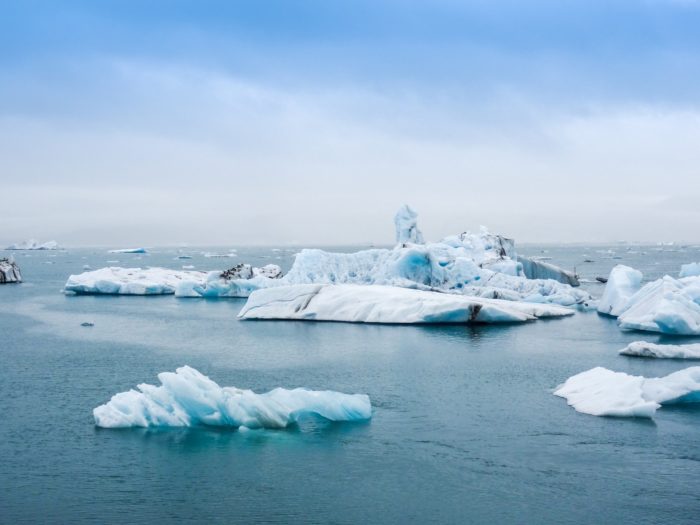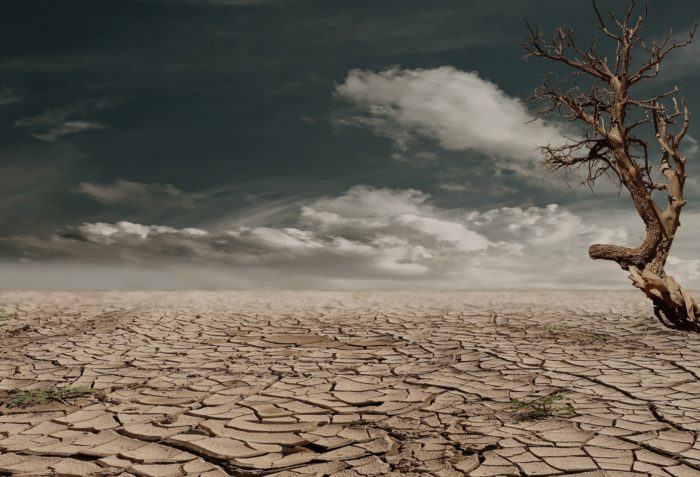What is “climate change” and why are people worried about it?
There is lot of talk about “climate change”. Often, we hear statements that as if the world is doomed unless we don’t change everything about how we live right this moment. So why are people saying this? What even is climate change? Here, we’ve gathered information for you that explains this “climate change”.
Global warming and climate change
Climate is long-term weather patterns. Weather is the observable conditions outdoors that can be measured by things such as temperature, humidity, pressure, wind speed, and precipitation. Climate change is therefore a change to the long-term outdoor conditions (and maybe indoors too if you left your windows open!).
Global warming is the long-term phenomenon of the increasing average temperature on Earth. The temperature change itself is only one factor of climate change, however, the increasing temperature affects other things in our climates.
Why the fuss over only 1.5 degrees?
A 1.5°C shift might seem insignificant, and in a Canadian winter may even feel welcomed, but it can has repercussions beyond temperature alone. While the increase in temperature is certainly a factor itself, most of climate change has to do with the physical properties of water, which is abundant on earth and impacts many aspects of our societies.

How does global warming cause climate change?
https://www.un.org/en/climatechange/science/causes-effects-climate-change
Temperature
Increasing global temperatures have the obvious effect of increasing the temperature which means more hot days, and worse heat waves. These conditions make working outdoors challenging and can change how well crops grow. These conditions can also help make forest fires more likely to start and grow, and can favour the success of certain species of plants and animals while making it more challenging for others.
Glaciers and ice caps
Ice generally only exists at low temperatures, below 0°C, and therefore increasing global temperatures means less ice. The ice doesn’t just vanish though, it turns into liquid water. This water ultimately ends up in the ocean and helps increase its volume.
Glaciers that are not next to the ocean rely on rivers and streams to carry their important water resources. This is essential for us humans in many ways! We depend on glacier-provided water for drinking water, hydroelectric power production, and some transportation. Changing how much and when the water goes down streams impacts these uses.
You’ve probably noticed that glaciers tend to look rather white. You probably also know that white is associated with things that are poor at absorbing light. Glaciers reflect most of the sunlight they receive instead of absorbing it, so as glaciers and polar ice reduces, surfaces that are not white and therefore not as reflective are revealed. This leads to the Earth absorbing more solar radiation and heating up a little bit quicker.
Sea level
Heat causes materials to expand, even solids! A thermometer is a great example of this: the liquid rises the column as it warms because the liquid is expanding. Water is no exception to this, so as the global temperature increases, so too does the ocean temperature, which expands the ocean. Couple that with extra volume from melting glaciers, and the sea level rises. The seas have historically been and are still to this day economically important, so many people live very close to the seas.
Evaporation and humidity
Water exists in our air, and like other parts of our air, we typically can’t see it. The water didn’t have to reach a boil to get into the air though. Air generally tends to be more humid near bodies of water because it is evaporating from the bodies of water. The rate of evaporation increases as the temperature increases, since warmer air has a higher capacity to hold water vapour than cooler air.
Drying out the land
Increased evapouration doesn’t just effect bodies of water, it also effects soils. Drier soils need more supplementary water to grow crops. This can be problematic as evaporation also causes a decrease in water levels in bodies of water, making it harder to supply the additional water necessary for crop growth. Drier overall conditions increase the likelihood and severity of forest fires.
Increasing greenhouse gases
You’ve probably heard a lot about carbon dioxide being a greenhouse gas but did you know that water is a greenhouse gas too? We can’t directly control how much water is in the air, so it doesn’t receive much focus even though it still plays a role. Increased evapouration due to increased temperatures means there is more water in the air, which can amplify global warming.
Learn more about water as a greenhouse gas here.
Changes to precipitation
As evaporation increases, so does the concentration of water vapor in the air. Rain, snow, and other varieties of precipitation come from water that was once in the air. An increased concentration of water vapour in the air leads to an increase in precipitation and an increase in the intensity of precipitation. Severe precipitation which can cause destructive flooding.
Where these types of changes are happening
Increasing precipitation sounds like a nice thing for Cranbrook, as we often spend the late summers hiding inside away from the smoke from forest fires. While evaporation, humidity, and precipitation change in magnitude due to global warming, the factors that determine which areas tend to be dry, which areas tend to be rainy, and when they tend to be dry or rainy don’t really change. So unfortunately, this means that dry places will tend to get dryer, while rainy places will tend to get rainier. See what is expected for Cranbrook here

Natural increases in temperature
There are indeed natural fluctuations to global temperatures that occur for reasons not due to human activities, which tend to happen in cycles and are largely predictable. The current global temperatures that are being observed are greater than what can be explained by natural causes alone.
Solar cycles
The sun is incredibly bright, and it is hard to notice variations in its brightness because of how intense it is even at its dimmest. However, these variations are quite small and have a limited impact on global temperatures. At most, solar variations can only account for about 1% of the observed increase in global temperatures.
Milankovitch cycles
Although the Sun is the largest gravitational force acting on Earth, there are other forces that act on the Earth such as the Moon, or even Jupiter. The Earth’s orbit isn’t even fully circular, and how circular it is varies predictably over time because of external forces. Cycles such as this are Milankovitch cycles, and these cycles are the cause of ice ages. These cycles are not inconsequential to the climate, could easily be responsible for changing a climate, and some people credit them as the explanation for global warming. Unfortunately, Milankovitch cycles are not an adequate explanation for the current observed rate of increase in global temperatures since the timeframe for moving into or out of an ice age is extremely slow (and occurs over tens of thousands of years).
Learn more about Milankovitch Cycles here
Effects of climate change and why they worry people
The effects of climate change will vary depending on the location, as different regions have different climates, such as a desert or a tropical rain forest. However, when considering the entire globe, it is expected that climate change will have the following impacts:
- Lower yields of food
- Greater property damage and destruction
- Greater human diseases and deaths
These tend to be things that people worry about.
For more information on climate issues that people are concerned about, check out these resources:
https://www.un.org/en/climatechange/science/causes-effects-climate-change
How does climate change affect Cranbrook?
Local research has been done to determine how the climate is changing around Cranbrook specifically. The changes expected for Cranbrook are:
- More hot days in the summer.
- Less total rain in the summer.
- Heavy rainstorms, when they do happen, will be heavier.
- More snow (or rain) in the winter, enough that overall precipitation in Cranbrook is increased.
- Greater likelihood of floods in the spring.
- Longer growing season for plants.
- More wildfires.
Climate change can have a significant impact on our local community in Cranbrook. Although our city may not experience the worst effects of climate change compared to other places in the world, global factors such as food scarcity and natural disasters can still affect us locally. For example, food scarcity can lead to higher food prices, and natural disasters in other parts of Canada can result in reduced financial resources available for Cranbrook or higher taxes. Additionally, climate change can also have a negative impact on the broader economy, which can in turn have a negative effect on things such as the stability in of employment and the financial performance of retirement funds.
Learn more about climate change in Cranbrook
Our Changing Climate
State of Climate Adaptation Report
Should I be worried about climate change?
Navigating the various impacts of climate change can be overwhelming. While the specific effects on your life will depend on various factors specific to you, but it’s likely to have a negative impact on your quality of life, by having to work harder to get less. If this or other impacts are of a concern to you, then climate change might be something to worry about.
Find out more information on some ways that you can prepare yourself.
Find out more information about some things that you can do to help slow down climate change.
